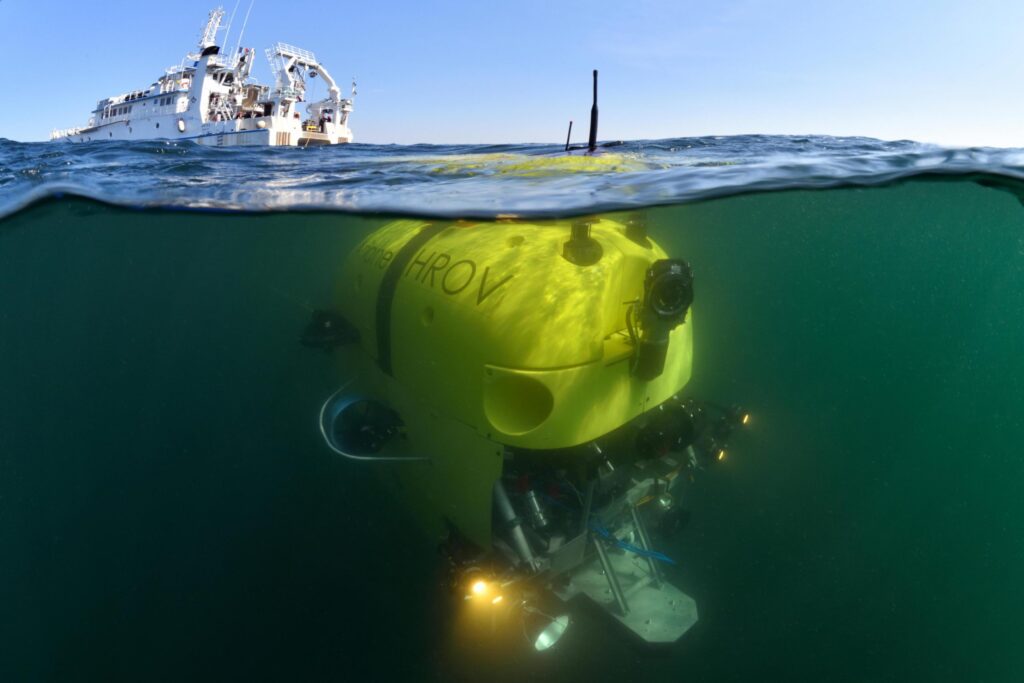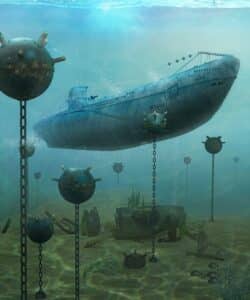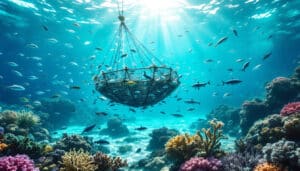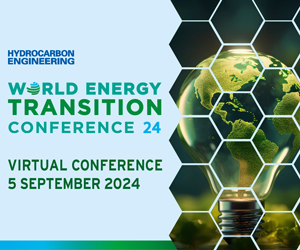The oceans, the true lungs of our planet, are facing unprecedented challenges, including pollution, overfishing and climate change. Faced with these challenges, technological innovations present themselves as essential allies to preserve this fragile ecosystem. From drone surveillance to advanced filtering systems, these innovative solutions offer promise to enhance and protect marine resources. By adopting these technologies, we can not only restore marine habitats, but also encourage sustainable management that preserves biodiversity and protects future generations. In a world where individual and collective actions are more crucial than ever, it is time to explore how these advances can transform the way we interact with our oceans.
| Technological Innovation | Impact on the Oceans |
| Underwater drones | Marine ecosystem monitoring and real-time data collection. |
| Microplastic filters | Reduction of plastic pollution in the oceans. |
| Artificial intelligence | Data analysis and prediction of threats to marine biodiversity. |
| Biodegradable materials | Replacement of traditional plastics to reduce pollution. |
| IoT sensors | Monitoring water quality and alerting in the event of dangerous variations. |
| Autonomous boats | Sustainable fishing with less destructive practices for the seabed. |
| Blockchain for traceability | Ensure responsible fishing and prevent overfishing. |
-
Marine Surveillance
Use of drones and satellites to monitor the health of marine ecosystems.
-
Pollutant Detection
Sensor systems to locate and measure plastic pollution.
-
Sustainable Aquaculture
Modern technologies for responsible and less destructive fishing.
-
Coral Reefs
Assisted coral restoration techniques using genetic engineering.
-
Open Ocean Data
Digital platforms for shared access to ocean research data.
-
Renewable Energies
Using tidal and wave energy to reduce dependence on fossil fuels.
-
Education and Awareness
Educational applications and platforms to raise public awareness about ocean conservation.
Table of Contents
ToggleThe impact of innovations on ocean health
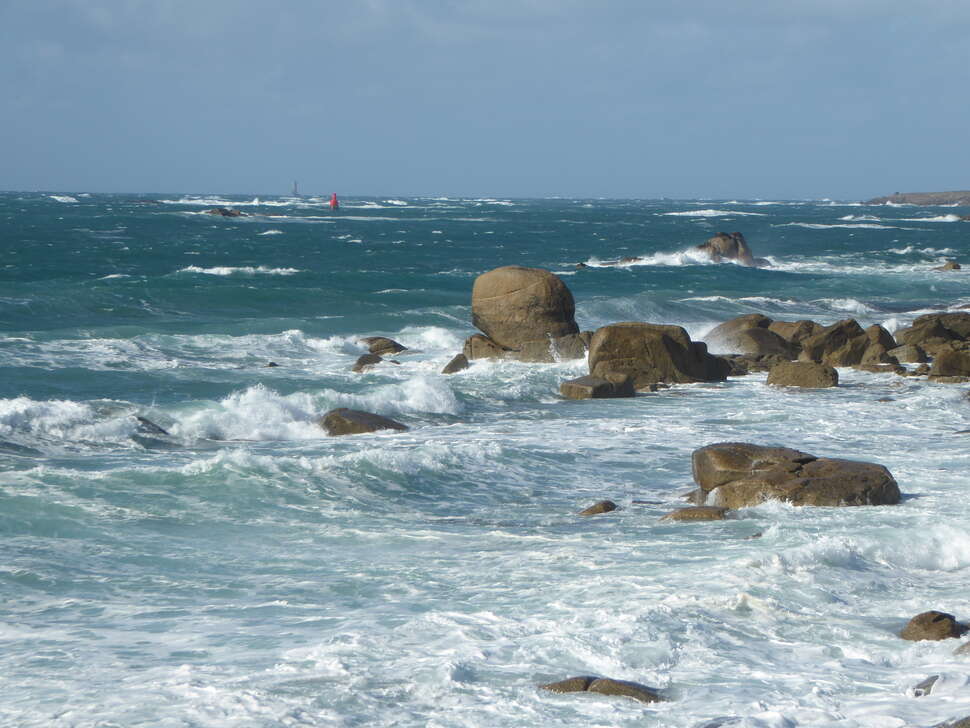
THE technological innovations play a crucial role in preserving our oceans. By adopting cutting-edge solutions, it is possible to effectively combat the threats to these vast blue expanses.
Surveillance technologies enable real-time monitoring of marine health. For example, the drone systems and underwater sensors make it easier to collect crucial data on temperatures, currents and pollution. This information is essential to better understand changes and adapt conservation strategies.
The exploitation of renewable marine energies also represents a significant step forward. The energy of waves, tides and currents provides a clean and inexhaustible source of energy. Innovative projects in this area can significantly reduce our dependence on fossil fuels and limit carbon emissions.
There marine biodiversity can benefit from technologies such as sustainable aquaculture and artificial reefs. These solutions not only help preserve marine species, but also restore damaged ecosystems. For more information on these initiatives, you can consult this study on innovation in the service of marine biodiversity.
The fight against marine pollution is another area where technology is essential. Floating waste collection devices, autonomous cleaning vessels and biodegradable materials are helping to reduce the impact of plastic waste in our oceans.
More broadly, the implementation of sustainable management practices, supported by cutting-edge technologies, is essential. These initiatives include applications for fisheries management, interactive biodiversity maps and international cooperation platforms. To learn more about this subject, you can read the report of the G7 on science and technology.
Other innovative technologies, such as bioengineering and biomimetic solutions, are opening up new perspectives for marine conservation. By drawing inspiration from natural mechanisms, these advances promise more sustainable and effective solutions.
Marine surveillance technologies
THE marine surveillance technologies play a crucial role in preserving our oceans. Thanks to advanced sensors and GPS tracking systems, it is now possible to collect real-time data on water quality, pollution levels and ecosystem health. For example, certain initiatives like OceanHub Africa actively promote innovations to monitor and improve the blue economy.
Drones and autonomous underwater vehicles are also valuable tools for exploring the deep sea. They allow access to hard-to-reach areas and collect crucial information without disturbing natural habitats. These technologies facilitate the mapping of the seabed, the discovery of new species and the observation of the behavior of marine fauna.
Beyond surveillance, sustainable technologies help to mitigate the impacts of human activities. Innovative filtration systems, for example, have become essential to combat plastic pollution. In the same vein, the use of recyclable materials in marine equipment significantly reduces the volume of waste, thereby contributing to a cleaner environment. More sustainable solutions in terms of equipment are widely discussed in specialist journals.
Marine renewable energies offer an ecological alternative to reduce our dependence on fossil fuels. Hydropower, tidal power and offshore wind are some of the technologies that make it possible to produce clean energy while minimizing the carbon footprint. The latest edition of overseas innovation competition highlights several promising projects in this area.
Collaboration between scientists, engineers and project managers in sustainable development is essential to promote sustainable practices. Encouraging technological innovation in the management of marine resources helps preserve biodiversity and develop blue economy initiatives. Ethical aquaculture and sustainable management of marine resources are areas where innovations can provide concrete solutions to climate change and marine pollution.
Plastic cleaning solutions
THE technological innovations play a crucial role in preserving oceans and their biodiversity. From monitoring marine ecosystems to eliminating plastic pollution, technological advances offer promising solutions to protect our marine resources.
The technologies of plastic cleaning are among the most important innovations for ocean health. Start-ups and researchers are developing devices to recover plastic waste at sea. For example, certain French companies specializing in blue tech, as described by This item, are dedicated to innovative projects to remove plastics from the oceans and reduce pollution.
The importance of these innovations cannot be underestimated. They allow you to:
- Efficiently collect marine debris
- Reduce the impact of microplastics on marine fauna
- Promote thecircular economy thanks to the recycling of recovered plastics
At the same time, monitoring technologies, such as drones and satellites, facilitate the collection of data on the state of the oceans and their ecosystems. These tools help monitor polluted areas, track endangered species, and manage marine resources sustainably.
The challenges remain numerous, particularly in terms of regulations and financing. However, adopting technologies that respect the rights of the sea and investing in innovative solutions is essential to ensure the health of our oceans. The UN highlights the impact of these innovations in the global context, highlighting their importance for a sustainable future.

A: Innovations such as marine drones, underwater sensors and satellite monitoring systems make it possible to collect data on ocean health and identify areas at risk.
A: They make it possible to detect and track sources of pollution, assess the impact of plastic debris and facilitate the cleaning of beaches and maritime areas.
A: Yes, technologies like coral farming and using drones to replant algae can help restore destroyed marine habitats.
A: Artificial intelligence analyzes huge amounts of data to predict changes in marine ecosystems and aid decision-making to conserve biodiversity.
A: Yes, there are several apps that allow users to report pollution, track cleanup initiatives, and learn about marine conservation.
A: Citizens can participate in ocean monitoring programs, use apps to report environmental issues, and support pro-environmental technology initiatives.

